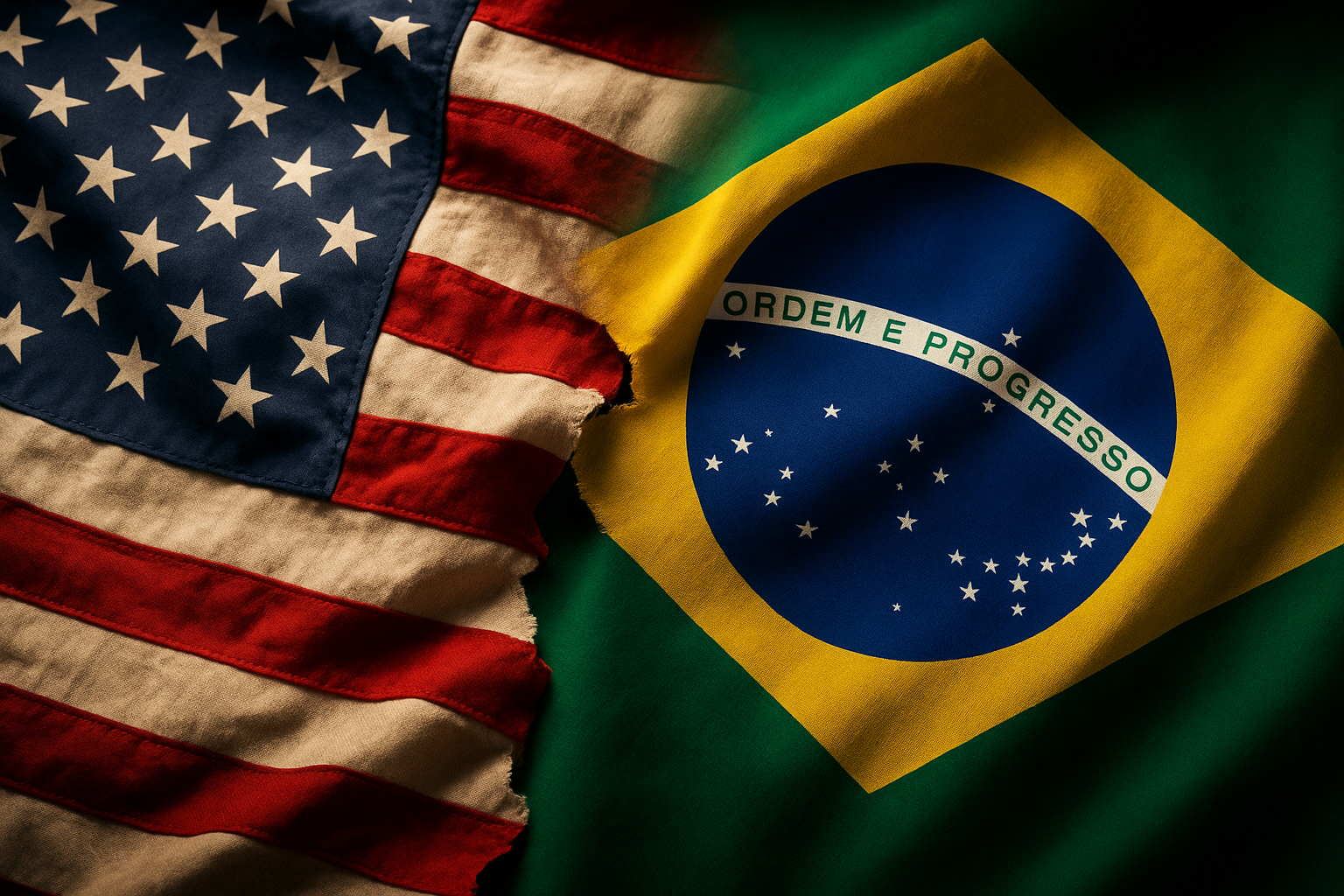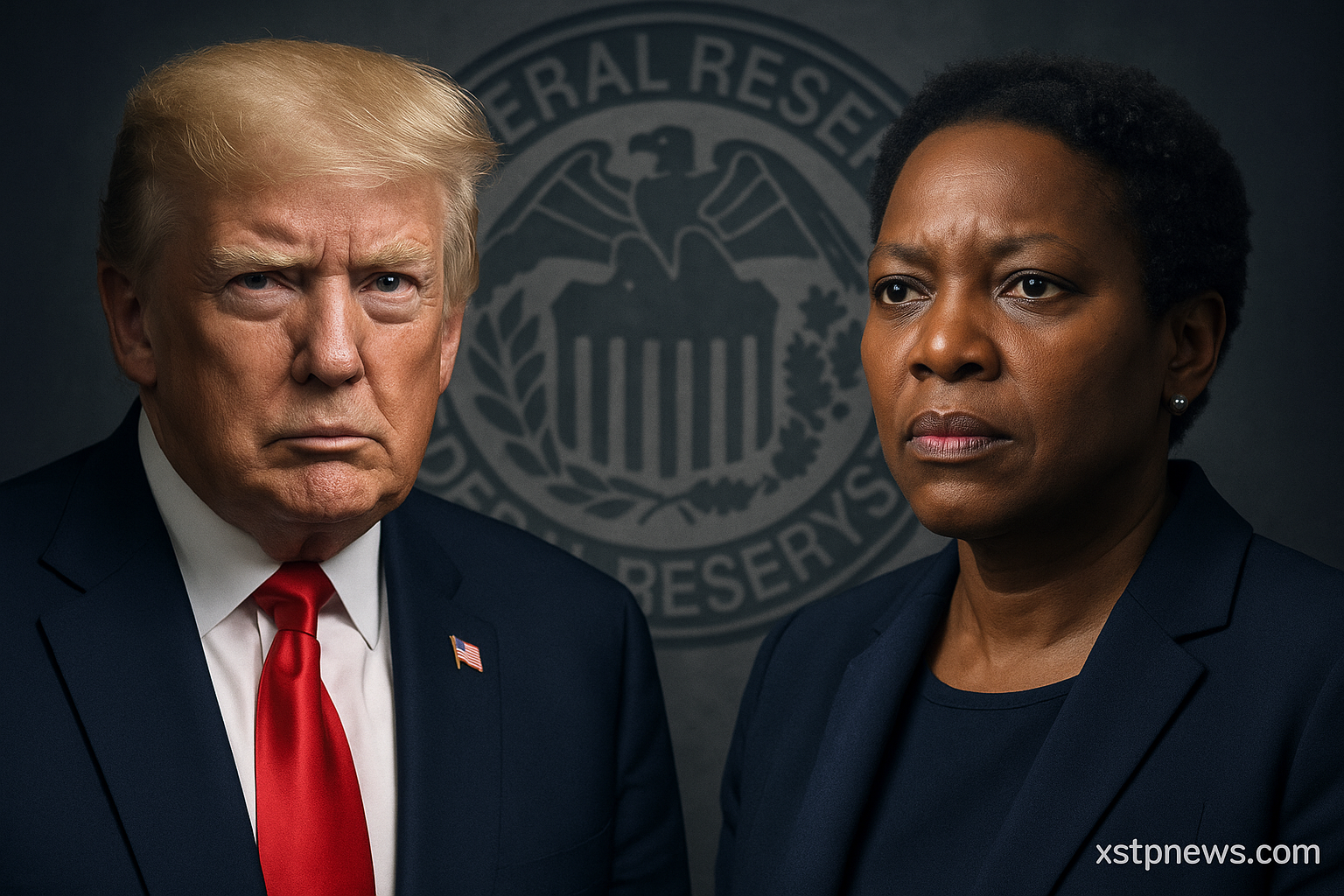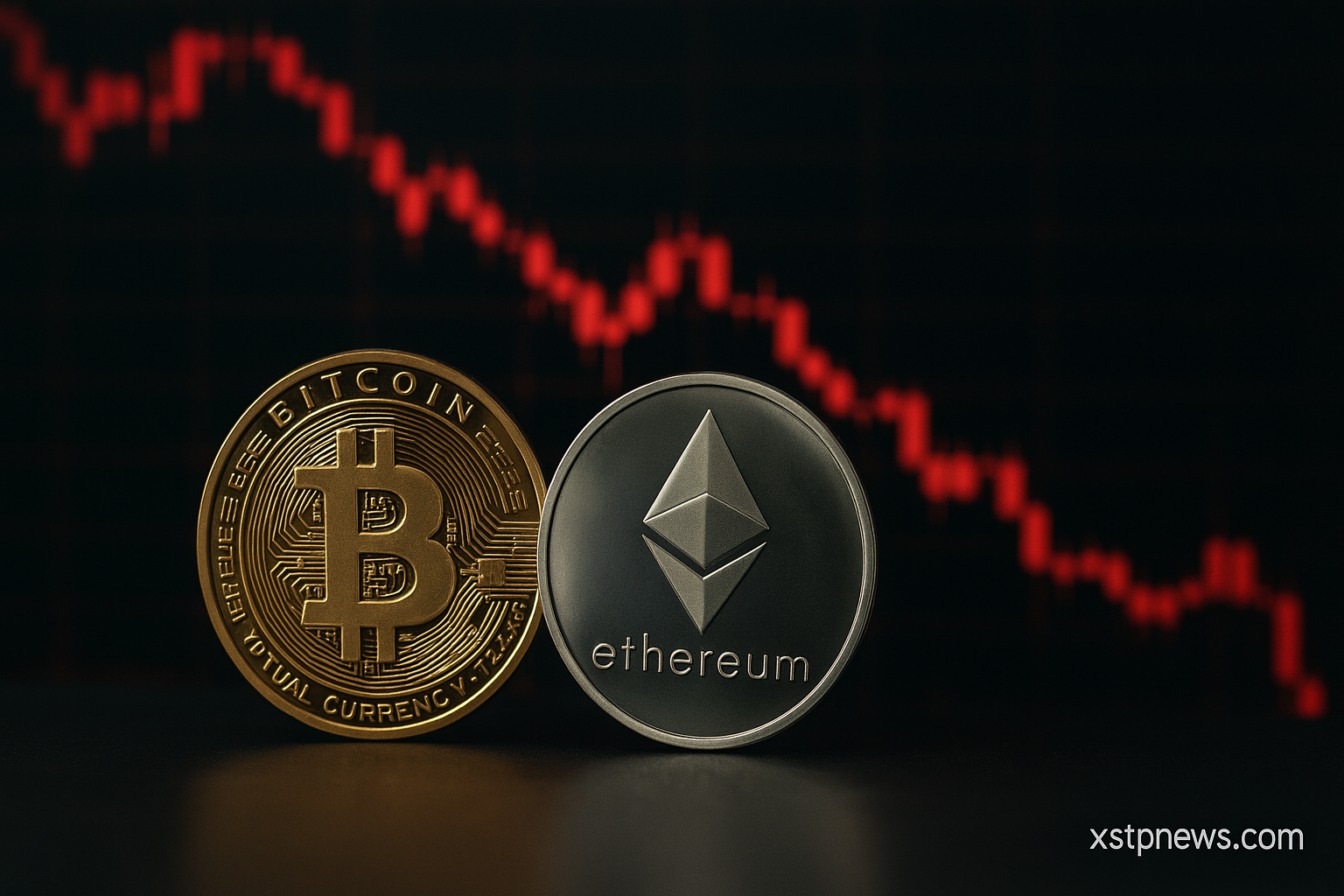U.S. President Donald Trump has announced a sweeping 50% tariff on Brazilian imports, citing political retaliation and intensifying pressure on bilateral trade. The move hits agriculture hard and fuels distrust between Brasília and Washington.
Record tariff targets Brazil
President Donald Trump confirmed on Tuesday a 50% tariff on imports from Brazil, effective August 1. In an official statement, Trump accused Brazil of engaging in a “witch hunt against Bolsonaro” and of taking actions harmful to American tech companies, framing these as reasons for the unprecedented levy.
The decision has been widely reported by outlets such as Reuters, The Wall Street Journal, Financial Times, AP News, and The Guardian, underscoring its significance on the global trade stage.
Pressure on Brazil and the BRICS bloc
This tariff is part of a broader package aimed primarily at BRICS nations, which Trump claims are creating barriers for U.S. products and “undermining American prosperity.”
Brazil’s foreign ministry (Itamaraty) has indicated it will explore diplomatic channels and may take the dispute to the World Trade Organization (WTO). Brazilian agribusiness representatives, major exporters to the U.S., have already voiced deep concern over potential drops in shipments of soybeans, beef, and coffee.
Market reaction and what lies ahead
Analysts speaking to the Wall Street Journal noted the tariff could redirect part of the trade flow toward Brazil’s direct competitors, such as Argentina and Canada, ramping up pressure on Brazil’s trade balance.
Meanwhile, investors are closely watching for potential impacts on the Brazilian real, commodity markets, and the sentiment of global funds operating across Latin America.
Will Brazil muster the leverage to reverse this tariff, or is it headed for a drawn-out trade battle with Washington?







